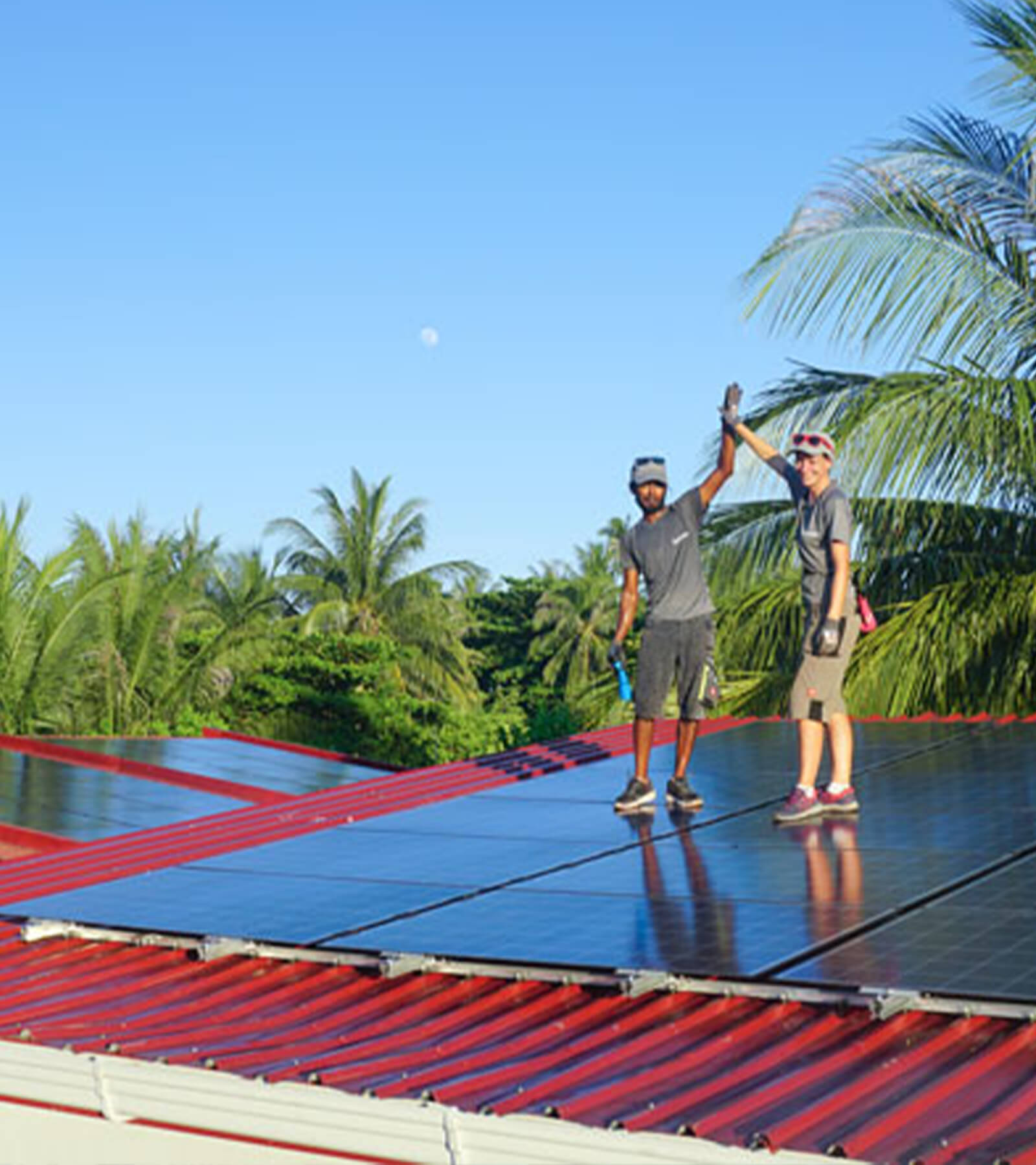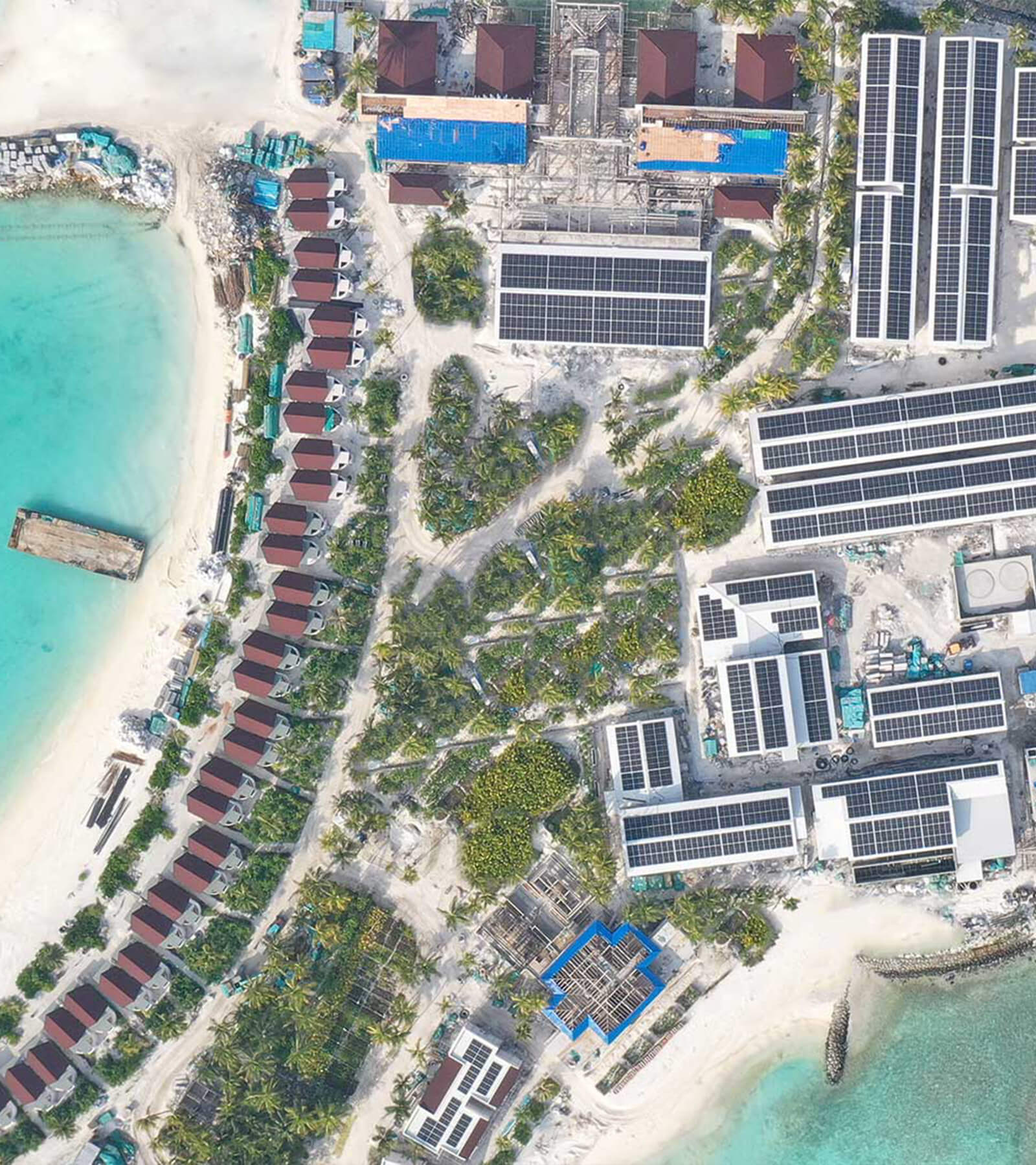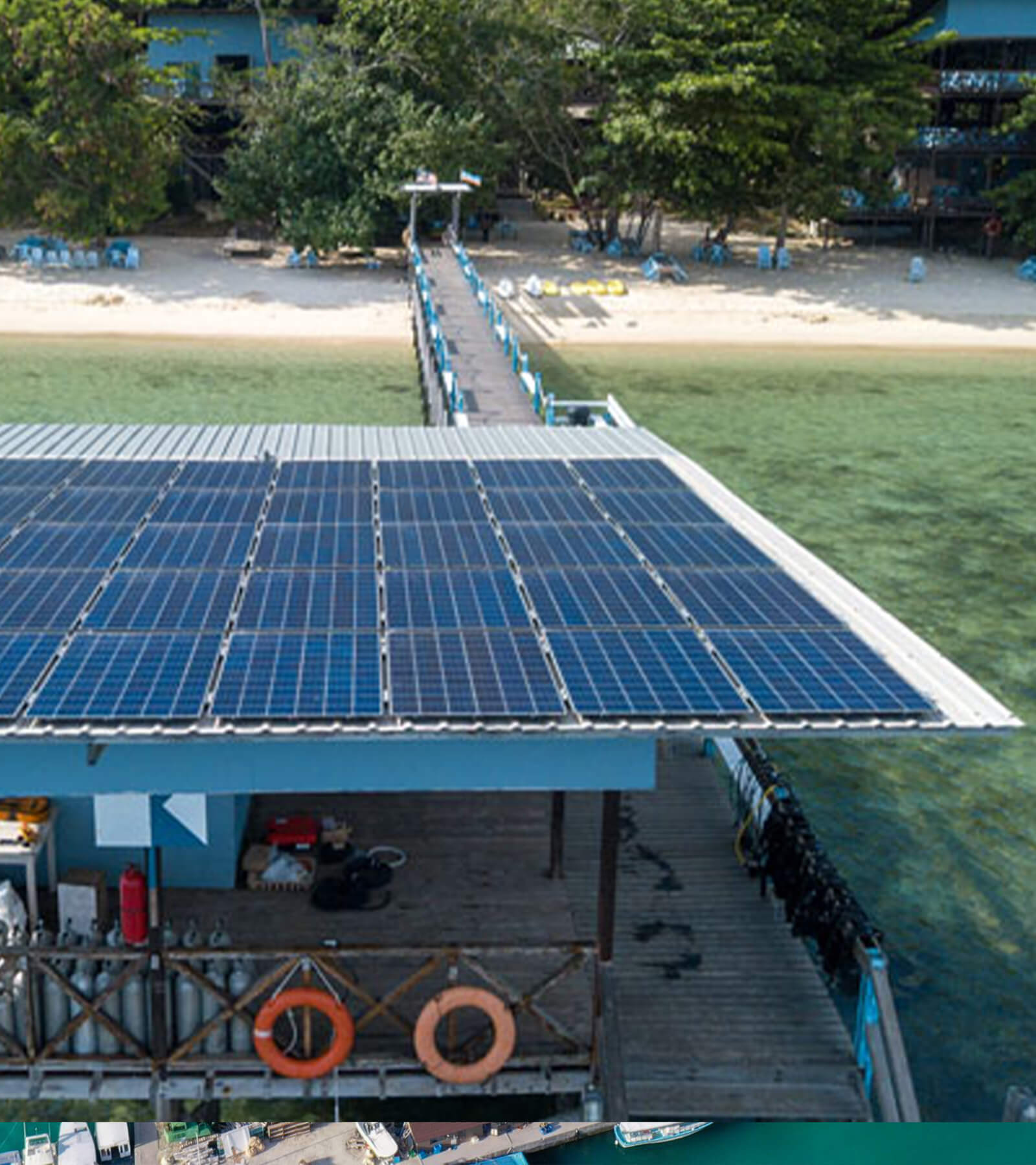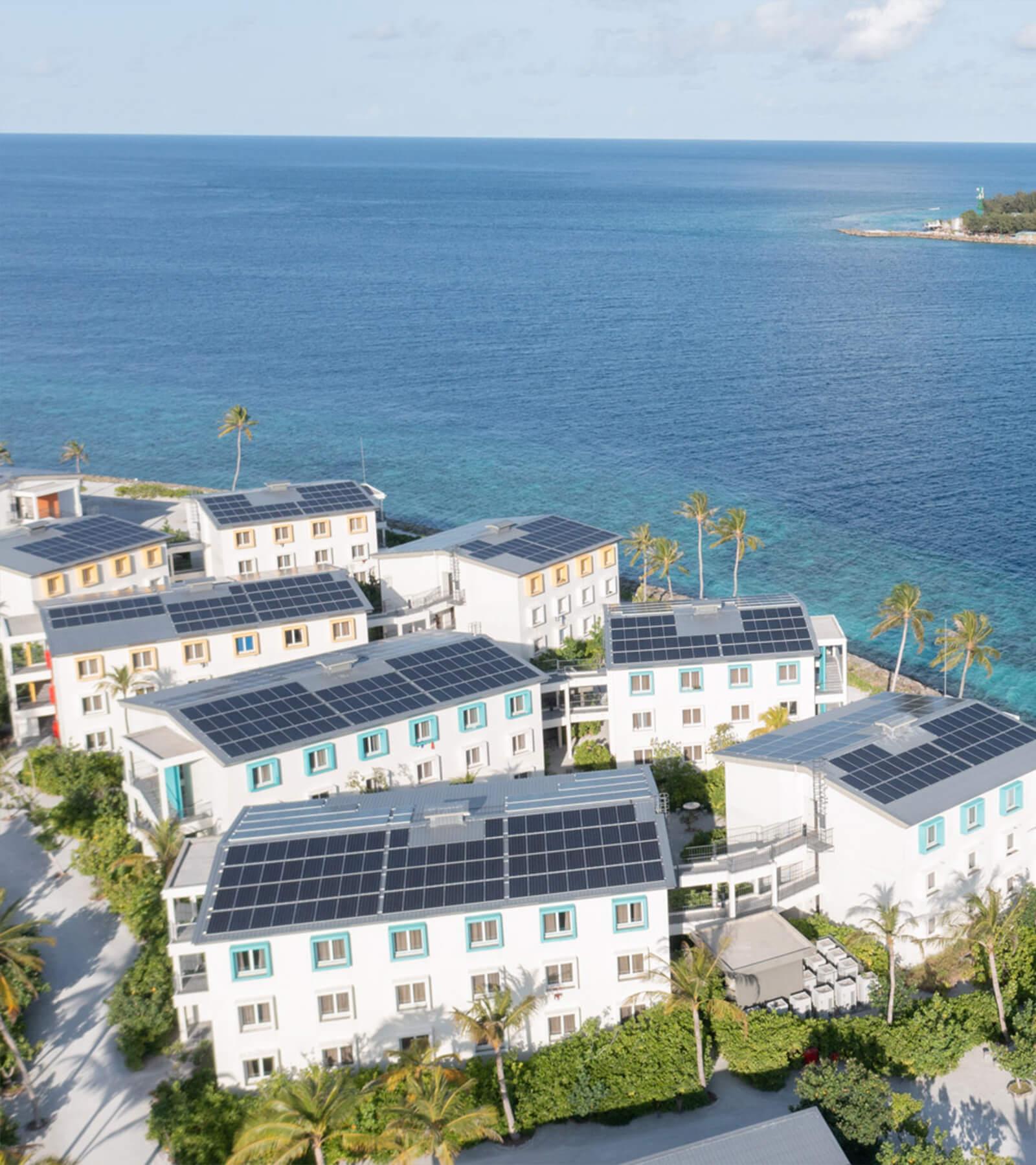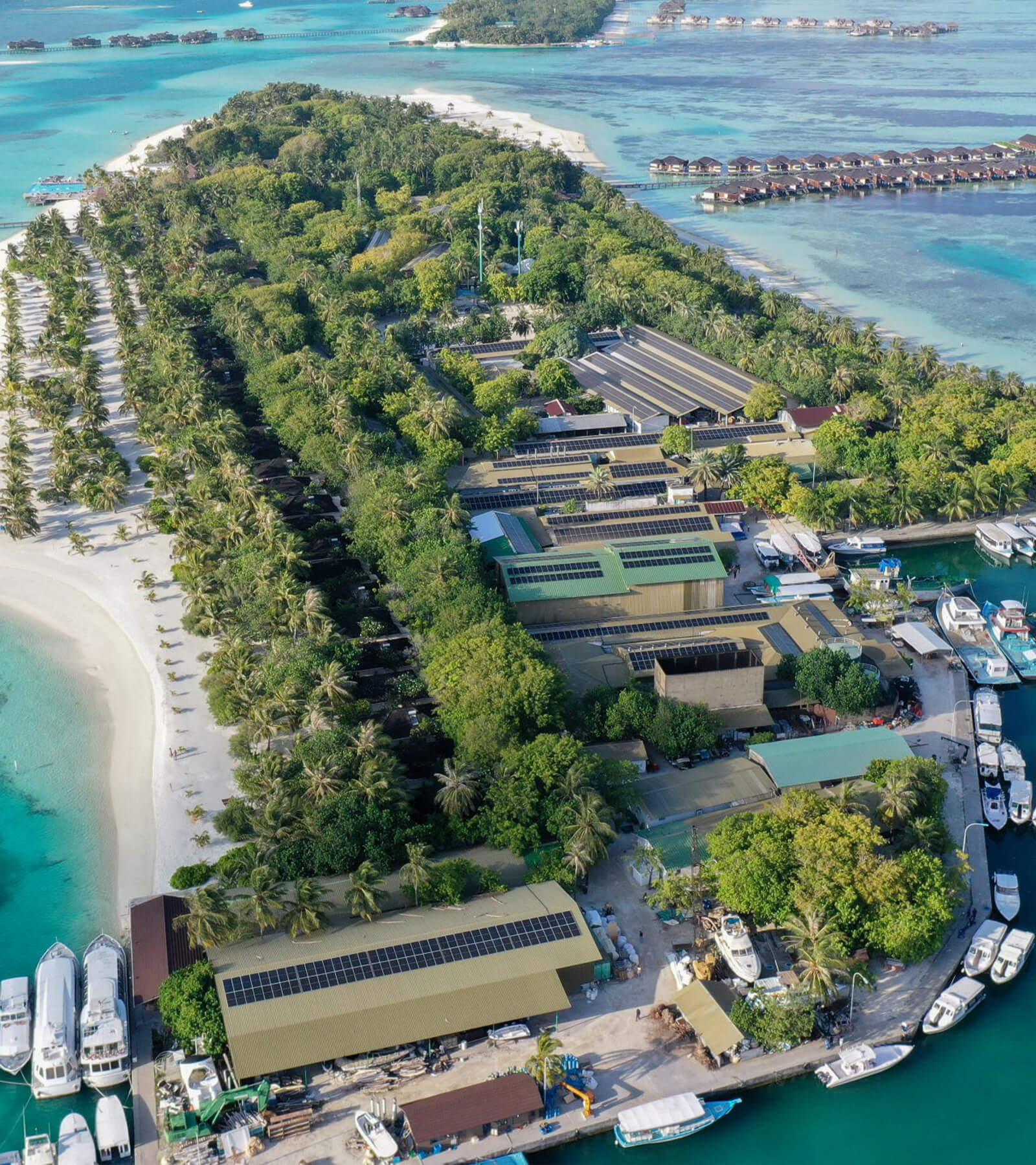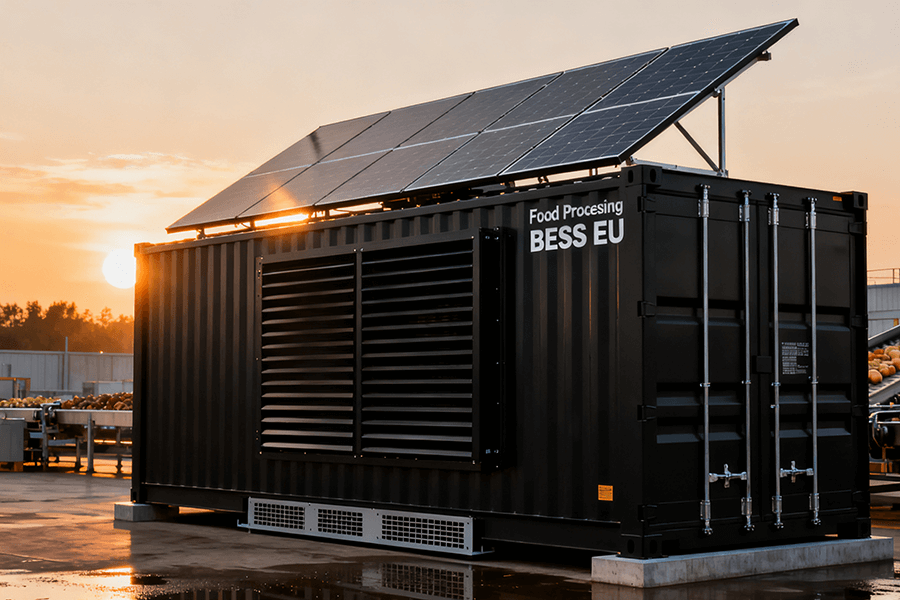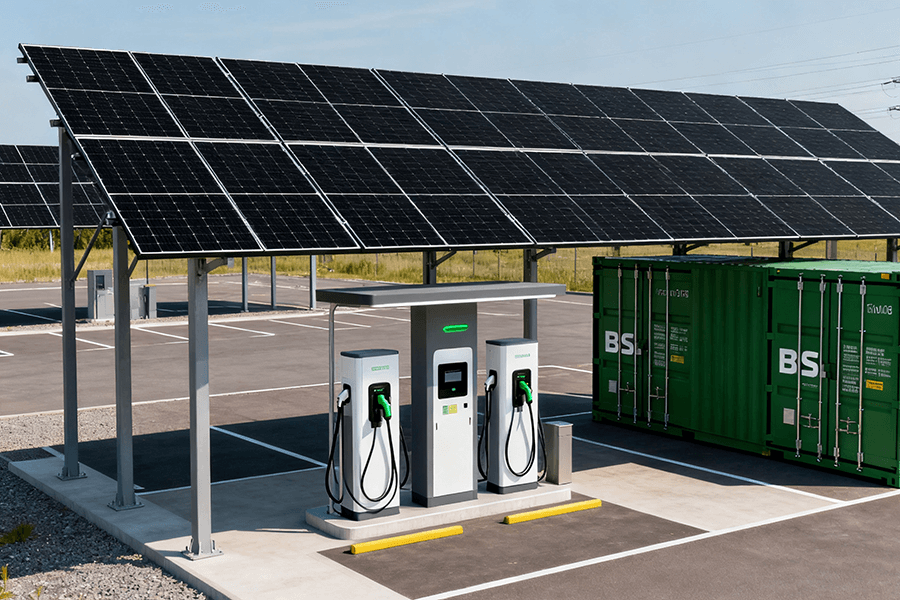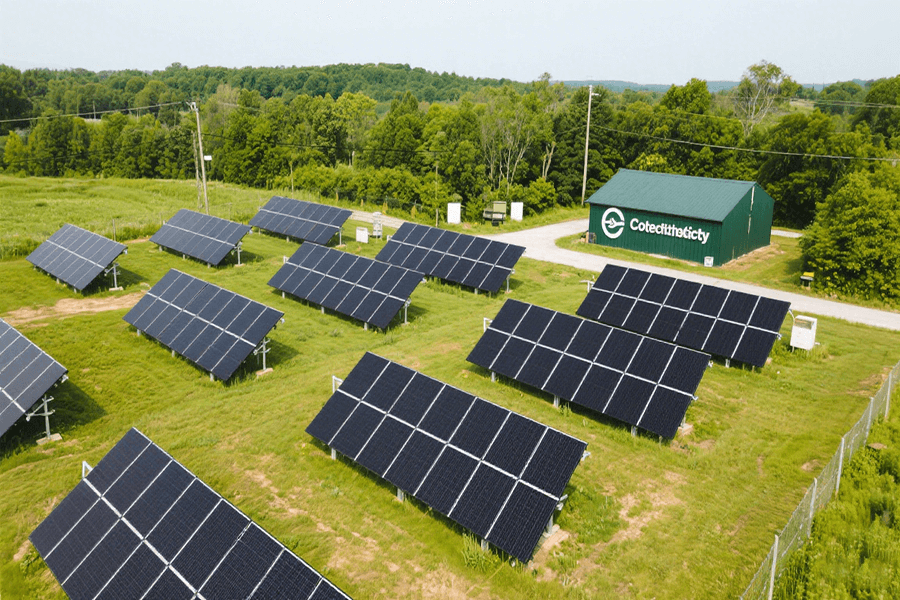
CAP 2023–2027 – The Vineyard’s Green Cash Injection
Let’s cut to the chase: EU vineyard owners, the Common Agricultural Policy (CAP) 2023–2027 presents an unparalleled opportunity. This initiative effectively offers a 40% discount on transitioning to renewable energy sources—a financial incentive comparable to scoring a near-half-price deal on a fine vintage bottle, but with long-term savings that continue to compound over the years. At the heart of this lucrative discount spree? BESS Containers (Battery Energy Storage Systems).
Why are BESS Containers the key to unlocking these benefits? Vineyards, by nature, have complex and dynamic energy requirements:
- Summer: During the peak growing season, vineyards face intense energy demands to power irrigation systems. As temperatures soar and the sun beats down relentlessly, ensuring consistent water supply to the vines becomes crucial. Without sufficient irrigation, vine health deteriorates, potentially leading to reduced crop yields and lower-quality grapes.
- Autumn: When harvest time arrives, the energy consumption pattern shifts dramatically. Winemaking processes, particularly wine fermentation, require a substantial amount of electricity. Fermentation is a delicate process that demands precise temperature control to achieve the desired flavor profiles and quality characteristics in wines such as Pinot Noir. Any interruption in power supply during this stage can compromise the entire batch.
This is where BESS Containers shine as the ultimate energy management solution. Acting as sophisticated stage managers, these systems efficiently store excess solar energy generated during sunny periods. When the vines desperately need water during summer droughts or when the wine vats require a steady power supply for fermentation in autumn, BESS Containers release stored energy precisely when and where it’s needed most.
With BESS Containers in place, vineyard owners can bid farewell to the anxiety of grid outages during critical periods and avoid the exorbitant costs associated with peak electricity usage. It’s a win-win scenario that combines sustainability with practicality, finally providing a solution that aligns with the unique operational schedules of vineyards.
CAP Policy + BESS: How to Turn Subsidies Into Long-Term Savings
The 40% CAP subsidy isn’t just free money—it’s a strategic investment gateway to liberate your vineyard from the shackles of expensive grid reliance. In this in-depth analysis, we’ll dissect how BESS Containers transform that subsidy into a robust profit generator, leveraging concrete numerical data and the latest EU statistics.
The Subsidy Math: What 40% Actually Means for Your Vineyard
Imagine you’re the owner of a medium-sized vineyard considering an investment in a renewable energy solution—a 50 kW solar array paired with a 100 kWh BESS Container. Based on the average EU pricing for commercial solar and energy storage systems, as reported by SolarPower Europe, the total cost of this setup amounts to approximately €85,000.
Here’s where the CAP subsidy truly shines. With a 40% subsidy, your out-of-pocket expense plummets from €85,000 to just €51,000. It’s comparable to purchasing a high-end tractor and receiving the engine absolutely free, but with the added advantage that this “engine”—your BESS Container—will continue to save you money month after month.
To provide a clearer picture, let’s explore how the CAP subsidy impacts vineyards of varying sizes:
| Vineyard Size | Solar Array Size | BESS Capacity | Total Investment | CAP Subsidy (40%) | Out-of-Pocket Cost |
|---|---|---|---|---|---|
| Small (5ha) | 20 kW | 40 kWh | €42,000 | €16,800 | €25,200 |
| Medium (15ha) | 50 kW | 100 kWh | €85,000 | €34,000 | €51,000 |
| Large (30ha) | 100 kW | 200 kWh | €155,000 | €62,000 | €93,000 |
From Subsidy to Savings: The Energy Cost Crunch
The landscape of EU electricity prices is notoriously volatile, much like an unpredictable rollercoaster ride that vineyard owners never signed up for. According to Eurostat 2025, peak electricity rates, which typically coincide with the times when vineyards require the most power for crucial operations like irrigation and wine fermentation, can reach as high as €0.35 per kWh. In contrast, off-peak rates drop significantly to just €0.12 per kWh.
This is where BESS Containers offer a game-changing solution. By storing excess solar energy generated during the day, vineyards can avoid the steep peak-time electricity costs entirely.
Let’s revisit our example of the medium-sized vineyard and break down the potential savings:
Seasonal Energy Requirements:
- Summer (irrigation season): 12,000 kWh of electricity consumed per month
- Autumn (fermentation season): 9,000 kWh of electricity consumed per month
Cost Comparison:
- Without BESS:
- During summer, peak-time electricity costs alone amount to €3,150 per month (12,000 kWh x €0.35/kWh).
- In autumn, these costs total €2,205 per month (9,000 kWh x €0.35/kWh).
- Combined, the monthly electricity bill without BESS is a staggering €5,355.
- With BESS:
- By relying primarily on stored solar energy and only topping up with off-peak grid power when necessary, the monthly electricity cost drops to approximately €540.
Annual Savings Breakdown:
The annual savings achieved by implementing a BESS Container system amount to a remarkable €48,180. This means that the initial out-of-pocket investment of €51,000 for the BESS setup can be recouped in just 13 months. And when you factor in additional savings from optimized water usage, which we’ll explore in the next section, the financial benefits of this sustainable energy solution become even more compelling.
BESS for Vineyard Life: Solving Droughts, Frost, and Fermentation
BESS Containers aren’t just “batteries in a box”—they’re rugged powerhouses engineered to thrive in the unpredictable environment of vineyard life. Whether you’re facing the relentless onslaught of Mediterranean dust storms or the biting chill of Northern European frosts, these containers provide unwavering support, ensuring the seamless operation of your vineyard’s critical systems.
Drought-Proofing: No Grid, No Problem
Droughts are the vineyard’s worst nightmare—and they’re becoming increasingly common, exacerbated by the far-reaching effects of climate change. In 2024, a staggering 60% of EU vineyards reported grid water pump failures during intense heatwaves, as revealed in a comprehensive report by the European Commission Agriculture. This is where BESS Containers truly shine, enabling vineyards to go off-grid for irrigation and slashing grid reliance by a remarkable 75%.
Here’s a detailed breakdown of how this innovative system operates:
Daytime Operation
During the sunlit hours, the solar array harnesses the abundant energy of the sun to power water pumps, ensuring a steady supply of water for irrigation. Simultaneously, it charges the BESS, storing excess energy for later use.
Nighttime Backup
As night falls and the sun’s rays fade, but the need for irrigation persists to protect the vines from heat stress, the BESS takes over. It seamlessly provides the necessary power to keep the water pumps running, maintaining a consistent water supply throughout the night.
For a more tangible example, consider a 20 kW solar + 40 kWh BESS setup. This combination is capable of running a 5-hectare vineyard’s irrigation system for 36 hours straight without relying on the grid. This extended autonomy provides a reliable safeguard during weekend heatwaves, ensuring that your precious grapes remain plump and juicy, rather than succumbing to the harsh conditions and turning into raisins.
Frost Protection: Keeping Vines Cozy (Yes, Really)
In the challenging climates of Northern European vineyards, regions such as Germany’s Mosel Valley and Belgium’s Haspengouw face an ongoing battle against frost that lingers well into the spring. This persistent threat is particularly acute during the early morning hours, when the sun has yet to warm the vines. A single night of sub-zero temperatures can decimate an entire year’s crop, highlighting the critical importance of effective frost protection measures.
Traditional methods, including frost fans and heaters, are essential during these vulnerable periods. However, these devices are energy-intensive, consuming between 3–5 kW per hour. This not only places a strain on the electrical grid but also incurs significant operational costs for vineyard owners.
BESS (Battery Energy Storage System) Containers offer a revolutionary solution to this age-old problem. By storing solar energy during the day, these systems provide a reliable source of power for frost protection tools throughout the night. Advanced models, such as those developed by Maxbo Solar, feature an intelligent “frost mode”. This innovative function automatically activates heaters and fans when temperatures drop below 2°C, ensuring continuous protection without relying on the grid.
Case Study: The Impact of BESS on Frost Protection
The effectiveness of BESS Containers in frost protection is demonstrated through real-world applications. Consider a 100 kW solar + 200 kWh BESS configuration, which can provide uninterrupted power for frost protection in a 30-hectare vineyard for up to 48 hours. This extended coverage not only shields the crops from frost damage but also results in substantial cost savings. Vineyard owners can expect to save up to €1,200 in peak-time grid costs per frost event, making BESS Containers a financially viable and sustainable investment.
Fermentation: Maintaining Precision with Reliable Power
Wine fermentation is a complex and delicate process that demands precision and consistency. Even minor temperature fluctuations, as little as 2°C, can significantly impact the quality of the final product. This is particularly critical for premium wines such as Chardonnay, where maintaining optimal fermentation conditions is essential for achieving the desired flavor profiles and aromas.
Grid power outages, which are common during autumn storms, pose a significant threat to the fermentation process. Any disruption in power supply can lead to temperature variations within the fermentation tanks, potentially spoiling an entire batch of wine. This not only results in financial losses but also affects the vineyard’s reputation for quality.
BESS Containers serve as a reliable backup power source, ensuring that fermentation tanks maintain a stable temperature within the optimal range of 22–25°C. In a large vineyard, the fermentation room typically consumes 8 kW per hour of power. A 200 kWh BESS system can provide continuous power for 25 hours, allowing vineyards to withstand even the most severe storms without compromising the integrity of the fermentation process.
Benefits of BESS in Wine Fermentation
| Benefit | Description |
|---|---|
| Quality Assurance | Maintains consistent temperature control, ensuring the highest quality wine production. |
| Cost Savings | Avoids the high cost of purchasing electricity during grid outages (up to €0.35/kWh). |
| Sustainability | Utilizes stored solar energy, reducing the vineyard’s carbon footprint and promoting eco-friendly practices. |
By integrating BESS Containers into their operations, vineyards can achieve strict quality control while embracing sustainable energy solutions. This not only enhances the environmental performance of the vineyard but also improves its economic viability, making it a win-win solution for both the business and the planet.
Compliance: Organic Vineyards, Meet Your New Best Friend
EU organic farming regulations emphasize renewable energy usage for certification. Let’s delve deeper into how BESS Containers collaborate with solar systems to not only meet but exceed this requirement, while also incorporating more data and visual formatting for enhanced clarity.
EU Organic Farming Standards and Renewable Energy Mandates
EU organic farming standards, as meticulously outlined in Regulation (EU) 2018/848, adopt a comprehensive approach to sustainable agriculture. This framework places significant emphasis on pesticide reduction and energy consumption management. For organic vineyards aiming to maintain their certification, a key obligation is to demonstrate that at least 50% of their energy consumption is derived from renewable resources. This stringent criterion stands as a pivotal element in fostering environmentally friendly practices within the agricultural industry.
The Role of BESS Containers in Vineyard Sustainability
This is precisely where BESS (Battery Energy Storage System) Containers emerge as indispensable assets for vineyard owners. By seamlessly integrating solar power generation with BESS Containers, vineyards can not only fulfill but substantially surpass the 50% renewable energy threshold.
Example of a Solar-BESS Container Setup
Consider a typical configuration featuring a 50 kW solar array coupled with a 100 kWh BESS Container. Leveraging the average sunlight hours across the EU, this setup has the potential to generate around 70,000 kWh of electricity per year, covering 85% of the annual energy requirements of a medium-sized vineyard. This energy powers essential operations such as:
| Component | Capacity | Annual Output (approx.) | Usage Coverage |
|---|---|---|---|
| Solar Array | 50 kW | 70,000 kWh | – |
| BESS Container | 100 kWh | – | – |
| Total System | – | – | 85% of needs |
By integrating BESS Containers into their operations, vineyards can achieve strict quality control while embracing sustainable energy solutions. This not only enhances the environmental performance of the vineyard but also improves its economic viability, making it a win-win solution for both the business and the planet.
Why Maxbo Solar? We Speak Vineyard (and BESS)
Let’s get personal: at Maxbo Solar (www.maxbo-solar.com), we don’t just sell BESS Containers—we build them for your vineyard. We’ve worked with 120+ EU vineyards since 2019, from small family plots in Tuscany to large estates in Bordeaux. Here’s why we’re different:
- Climate-Smart Designs: Our Mediterranean models have dust-proof enclosures (tested to withstand 60 km/h dust storms) and our Northern EU models have triple-insulation for -15°C winters. No “one-size-fits-all” here—we build for your weather.
- CAP Ready: We handle all the paperwork for CAP subsidies. We’ll document your carbon footprint reductions (average 3.2 tonnes CO₂/year for a 5ha vineyard) and submit the application—so you can focus on growing grapes, not filling out forms.
- Wine-Maker Support: Our team includes a former vineyard manager (shoutout to Marco, who ran a 20ha estate in Piedmont for 10 years). He’ll help you size your solar + BESS setup to match your irrigation and fermentation needs—no jargon, just practical advice.
Last year, a client in Languedoc told us: “Our Maxbo BESS saved us €32,000 in the first year—and we didn’t lose a single vine to drought.” That’s the kind of result we live for.
Final Tip: How to Lock In Your CAP Subsidy (No Headaches)
The CAP 40% subsidy is amazing—but it’s not automatic. Here’s what you need to do to get approved:
- Document Everything: Track your current energy use with a smart meter (we can provide one) for 3 months before installation. This proves how much you’ll save.
- Carbon Footprint Report: We’ll generate a report showing your CO₂ reductions (using EU-approved calculators). The European Commission loves this—they want to see real environmental impact.
- Equipment Specs: Include our BESS certification (we’re compliant with IEC 62933 and EU ECODESIGN standards) to prove your setup is high-quality.
Do this, and you’ll have your subsidy approval in 6–8 weeks. It’s that simple.

